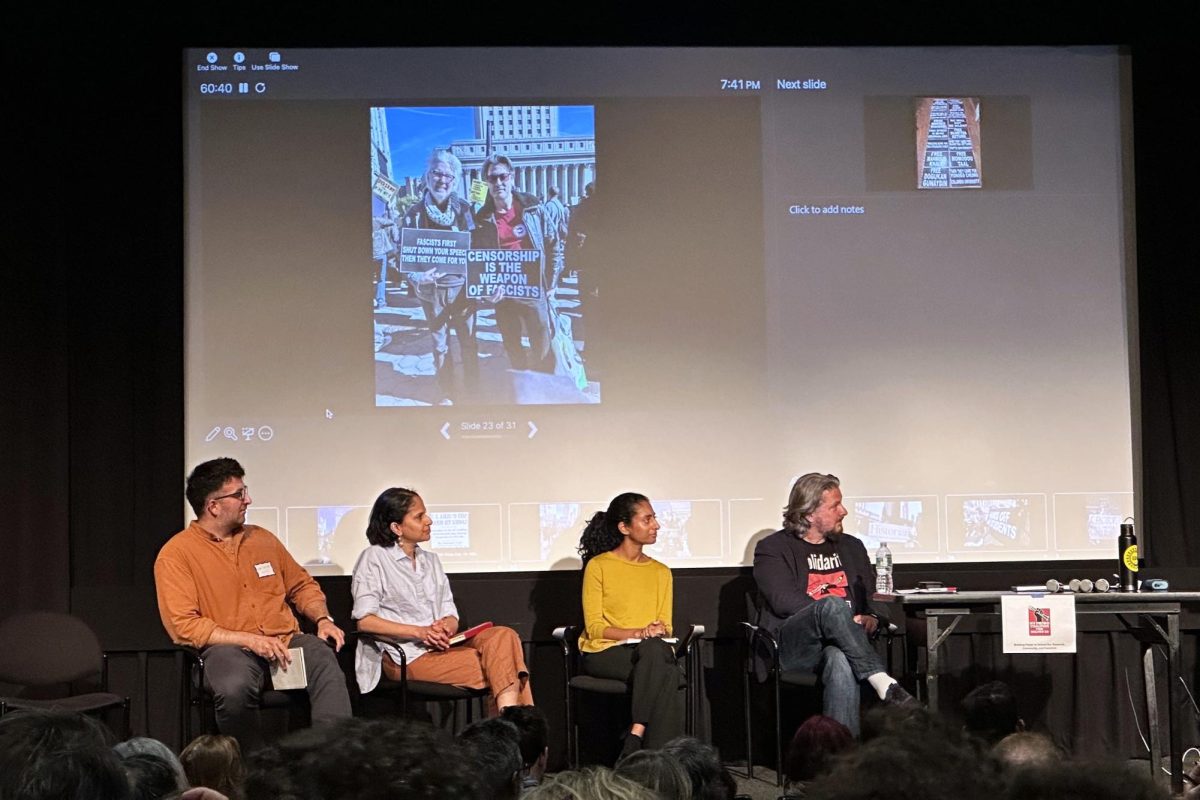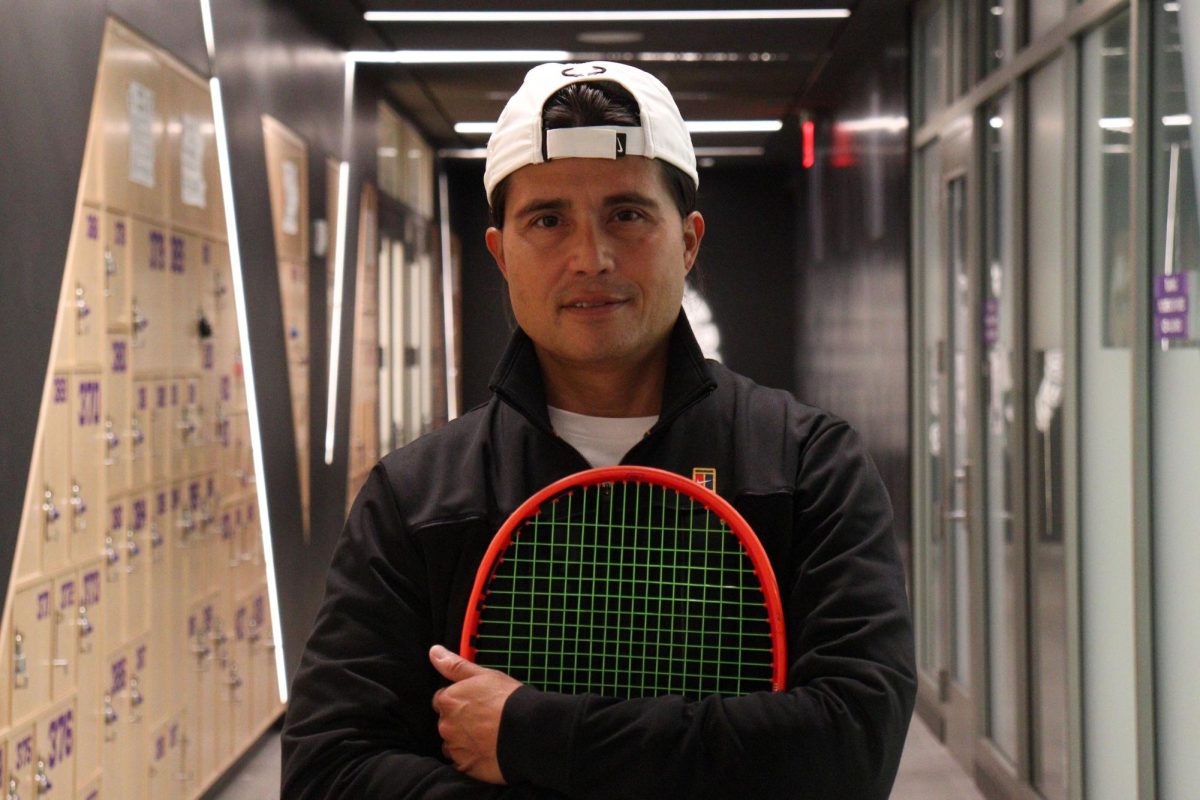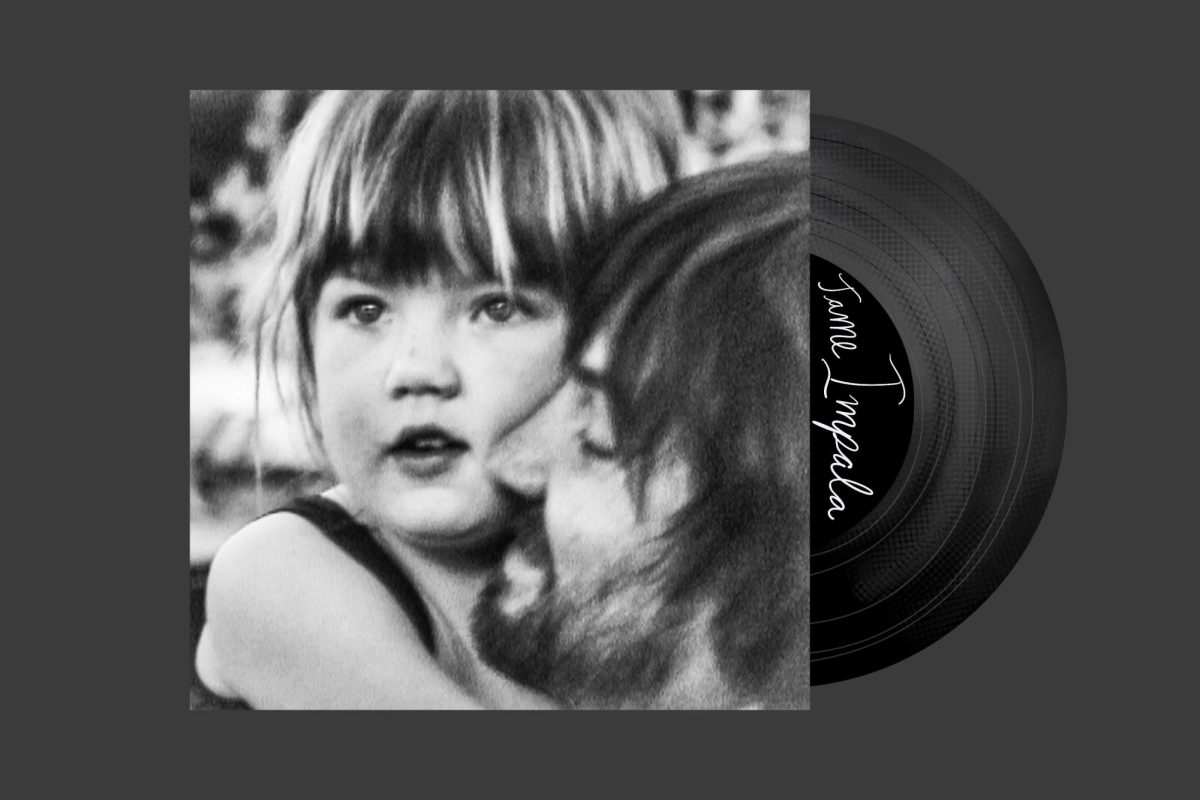Participatory Budgeting good for residents
April 16, 2015
This week some New York City residents have the opportunity to vote directly on funding for projects in their local council districts through Participatory Budgeting. Members of the community suggest the projects, which are funded through the council’s discretionary funds for each district. Many of the proposals include repairs to local public schools, sidewalks and parks. Twenty-four council members are participating, a significant increase from just four members in 2011, the year Participatory Budgeting was premiered. New Yorkers can vote for up to five projects each through April 19, and will determine where $25 million of their tax dollars are spent. Participatory Budgeting is a great way for residents to become more involved in their community, and the council should do more to increase voter turnout.
This vote is far more inclusive than most, a strategy that should be duplicated in other local elections. Only proof of residency in the district is required, and anyone 16 years of age or older can participate — some districts have even lowered this age to 14. The ballots are also offered in multiple languages. Last year three-fourths of the ballots cast in Sunset Park and Red Hook were in languages other than English. This type of participatory budgeting lives up to its name, yet voter turnout is low. While New York City Participatory Budget Week is on social media and has its own hashtag #NYCPB, more advertising and media coverage is required. Wide enfranchisement is only beneficial if residents know about it.
The low voter turnout may be partly due to the Participatory Budgeting elections occurring at such an unusual time of year. This is because the budget is decided according to the fiscal year, which unfortunately does not line up with traditional election day. Given this unavoidable scheduling hurdle, the social media push is imperative.
All of the programs on the ballot deserve funding, particularly those that deal with improvement to schools and roads. However, the discretionary funds are not large enough to cover every worthy cause. This type of vote gives residents the opportunity to make tough decisions that would normally be left to council members. In taking part in the Participatory Budgeting elections, citizens are highlighting what they want in their districts, and even if the project does not win discretionary funds, at least it has been brought to the attention of the district’s council members.
Several other cities, like San Francisco and Chicago, also have a version of Participatory Budgeting, but the idea should be extended everywhere. It gives residents an accessible way to make their voices heard and their tax dollars count. New York City’s inclusive voting requirements make this project beneficial and should be considered in other local elections — communities are made better when residents have more opportunities to make their voices heard.
A version of this article appeared in the Wednesday, April 16 print edition. Email the WSN Editorial Board at [email protected].

























































































































































